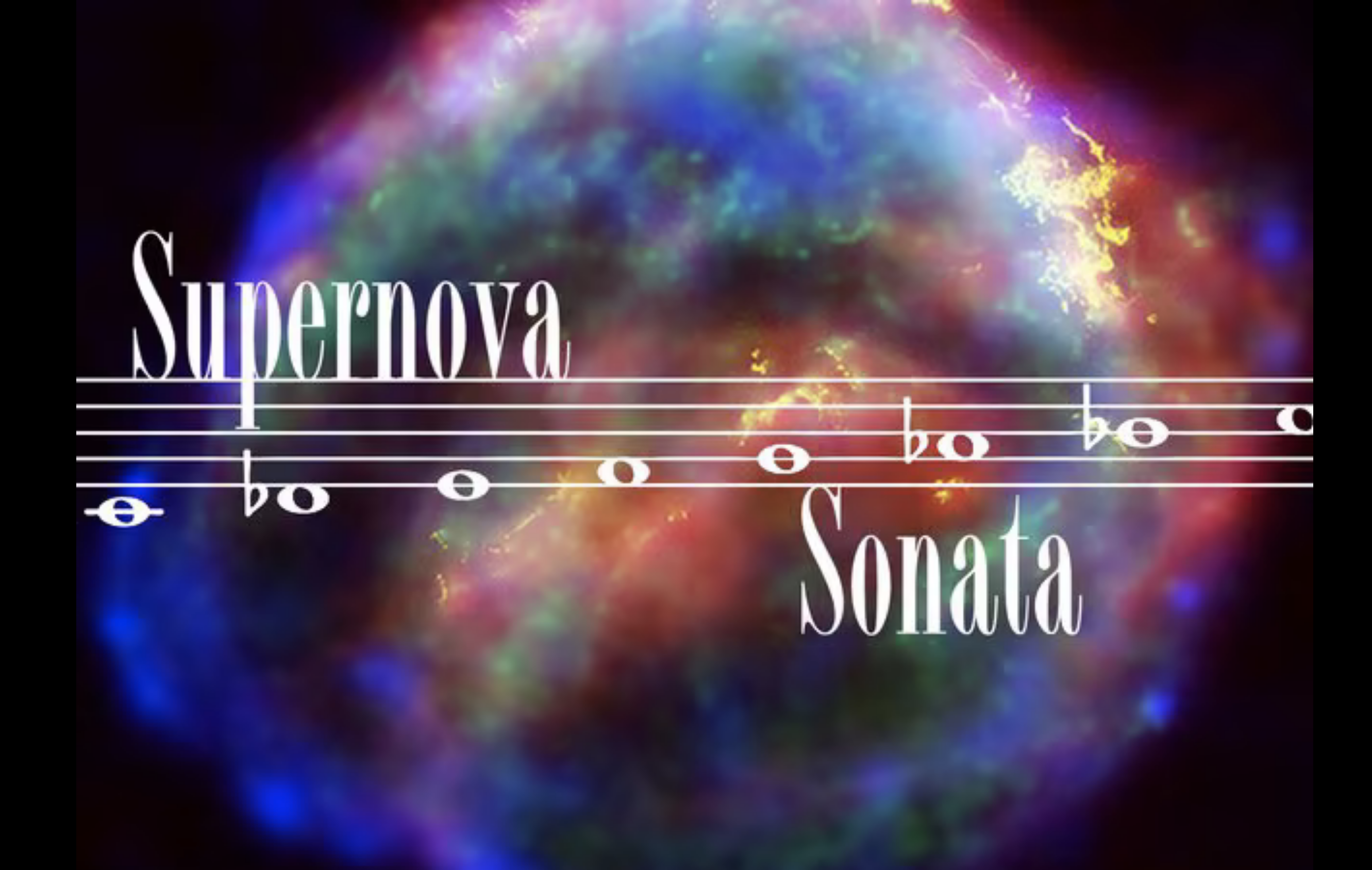Astronomy in Popular Culture: Interdisciplinary Resources for Astro 101
Andrew Fraknoi Fromm Inst./U of San Francisco
The vast majority of students taking the introductory astronomy classes in US colleges and universities are non-science majors, working on their general education requirements in science. Some may have had a childhood fascination with astronomy and space, as many of us instructors did, but you’d be surprised how many didn’t.
Over more than four decades of teaching Astro 101, one of the approaches I have found most useful for getting such students more involved in their study of astronomy is to show them that there are interesting connections between our science and the fields they may be majoring in or be more passionate about.
These other fields include music (where, for example, we can cite at least six songs whose lyrics include reasonably accurate descriptions of black holes), science fiction stories or films (where astronomical ideas can often be found woven throughout), drama (with a growing number of plays about astronomers), psychology (where the widespread belief in astrology, the full Moon as a time of bad happenings, or UFOs as spaceships can find explanations), as well as history, archaeology, poetry, cartoons, and even advertising.
To help my students (and other instructors), I have been collecting good examples of interactions with these other fields and organizing them into resource guides. I have made these available through the Astronomical Society of the Pacific, NASA Education Projects, and my own website.
Here is a list of some of the guides that may be of particular use to astronomy educators:
- Science Fiction Stories with Good Astronomy (organized by topic)
- Music Inspired by Astronomy (organized by topic)
- Plays and Films Inspired by Astronomy
- Responding to Astronomical Pseudo-science
- Skeptical Approaches to UFOs
- This Day in Astronomical History (158 events)
- The Astronomy of Many Cultures
- Using Humor in Astronomy
Let me give you a few examples from these listings, just to whet your appetite.
From the realm of music, you might be intrigued by “Supernova Sonata,” whose notes are supplied by the distance and characteristics of 241 type Ia supernovae, seen on the Canada-France-Hawai‘i Telescope Legacy Survey. Created by Alex H. Parker (University of Victoria) and Melissa L. Graham (University of California Santa Barbara/LCOGT,) the piece can be watched online. As you listen, note that the volume is determined by distance, the pitch by the light curve, and the instrument playing the note by the mass of the host galaxy (stand-up bass versus grand piano).

If you are wondering about the black-hole songs I mentioned, here they are:
- The group Aqualung has a song entitled “Black Hole” on their 2007 Album Memory Man.
- A song with the same title appears on Amanda Lear’s 1979 album Never Trust a Pretty Face, in which the destructive power of a relationship is compared to the destructive power of black holes.
- “Places Named after Numbers” by Frank Black on his 1993 Album Frank Black (whose real name is Charles Thompson and who is the leader of the group the Pixies).
- “Beyond the Black Hole” on the 1997 album Somewhere Out in Space by the German metal band Gamma-Ray.
- “Black Holes in the Sky” on the 1975 album Phoenix by the group Labelle, whose lead singer was Patti LaBelle.
- And, perhaps best known, “Cygnus X-1” by Rush, on their 1977 album, A Farewell to Kings, which imagines a trip to our first confirmed example of a black hole in a binary system, and has been made into a Marvel comic book.
To pick an example from the realm of drama, Lauren Gunderson, a US playwright, has written a number of plays about science. Her play Leap is about how inspiration came to a young Isaac Newton; Background is about Ralph Alpher (who helped George Gamow develop some of the theoretical underpinnings of the Big Bang) and how he feels the night that Penzias and Wilson get the Nobel Prize. Both plays are published in book forms, so you can read them yourself. Her more recent play, Silent Sky, is about Henrietta Leavitt. The play examines the role of women at the Harvard Observatory, her work on Cepheid variable stars, and her struggle with her increasing hearing disability. It has received productions on both the east and west coasts of the US; a brief, humorous excerpt can be found on YouTube. Gunderson describes the astronomy and history behind the play in this short video.
A good number of your students may be science fiction fans, although, sadly, many today know science fiction only from films and TV series and not from the written word. Still, students may appreciate your mentioning stories that make the science they are studying come alive, such as Alastair Reynold’s remarkable short story, Beyond the Aquila Rift, which helps to convey the vastness of space, or Geoff Landis’s A Walk in the Sun, which tells the story of someone stranded on the Moon in a solar-powered suit that requires him to remain in the sunshine. This latter story can be read for free online.
In the resource guide to science fiction cited in the list above, I have divided the stories by topic, so you can recommend stories about Mars, or black holes, or SETI at each point in your course. In retirement, I am also trying my hand at writing astronomically reasonable science fiction, and you can read my four published stories on my website.

A nice ice-breaker activity, pioneered by Dennis Schatz, with which I would start all my lab classes, is to ask students, in small groups, to come up with as many astronomically-named products or movies or songs as they can. Then groups are asked to pick the suggestions that they think other groups would be the least likely to have heard of, and we have fun seeing what people have come up with — from Eclipse gum to Dark Matter Growth Accelerator pills, from the Taurus line of cars to Blue Moon beer. It’s really a good way for students to get to know each other and to see how pervasive astronomical terms are in our commercial culture.
Students tend to remember these interdisciplinary touches in course evaluations and even upon meeting me, years later, and reminiscing about the course they took.
Finally, I’ll mention that if you have an interest in how astronomy is seen through the eyes of popular culture, you might enjoy taking the little quiz I wrote for a 2007 issue of Sky & Telescope (S&T) magazine (which is now owned by the AAS.) The quiz can be found on the S&T website.
For further reading:
- Fraknoi, A. “Interdisciplinary Approaches to Astronomy: Cosmic Fiction, Drama and Poetry” in CAP Journal, issue 18 (Sep 2015)
- Fraknoi, A. “Interdisciplinary Approaches to Astronomy: Music of the Spheres” in CAP Journal, issue 20 (Aug 2016)

